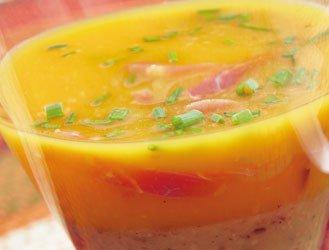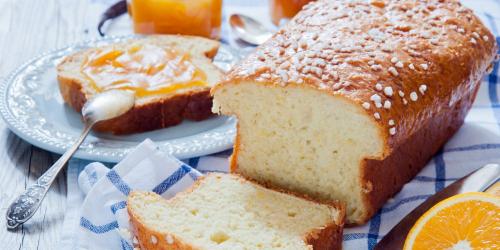We opt for a Charentais melon
This type of melon represents the majority of the 90% of the production in France (90%). The advantage of the Charentais melon? It has a guaranteed sugar rate by the producer . Knowing that the Charentais is a variety, not an origin : it can be grown in Spain, Morocco, the center of France ... Better to check the country of origin on the slate or the amount of the display.
We observe the melon
He wears on his pale yellow dress dark green furrows that color with time. So the more the melon stripes are well drawn on his skin , the more the contrast is marked, the more it is ripe and sweet . Another sign of maturity: its cracked peduncle, it has some cracks, or even starts to detach if given a flick.
We weigh him
The heavier the melon is, the richer and more sugar-ripe it is (and so has its sun's count). This prefigures a dense flesh and a pronounced taste .
We feel the bark of the melon
The bark of a melon must be firm but supple, and the base (the opposite side to the peduncle) a little soft. It is necessary to be able to exert on a small pressure of the fingers without that they sink there.
We drink his melon
Bringing it to your nose is the most important test. It must smell good, a light fragrance emerges and the smell awakes elsewhere at the peduncle. If he does not smell, we risk a beetroot or turnip flesh! But if he smells too strong, if his aroma is too strong, it is probably that it is really too mature ... or almost rotten!




